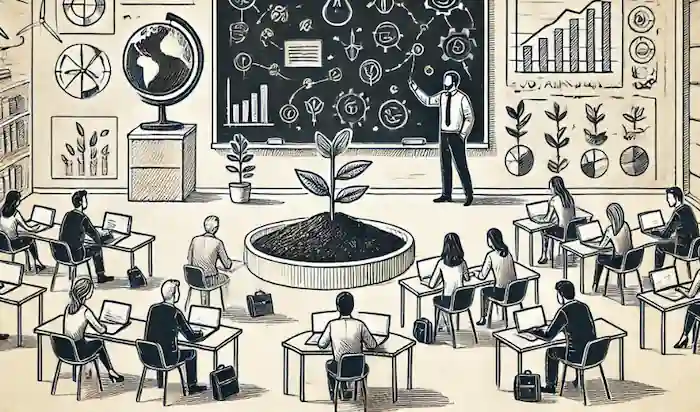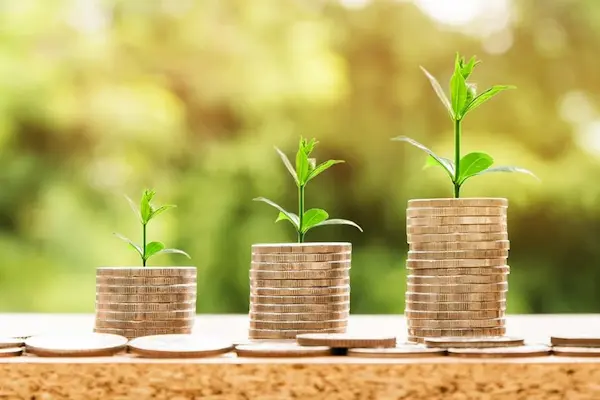What is Sustainability: Fundamentals Explained
At its core, Sustainability seeks to balance the needs of the present without compromising the ability of future generations to meet their own needs.
Here we’ll explain in further detail what Sustainability is, along with the main models used to plan and apply it in working practice.
What Does Sustainability Mean?

Sustainability at its core integrates three core components: the environment, the economy and society.
These components are interdependent and aim to promote a holistic approach to long-term growth and development. Balance them and human activity can proceed safe in the knowledge that it will not unduly impact future generations.
Regardless of the sustainability model used in working practice, key components and considerations can always be linked back to these three aspects:
Environmental Sustainability

Environmental Sustainability covers the preservation and responsible management of natural resources.
It therefore emphasises reducing pollution, conserving biodiversity, and maintaining ecosystem services. This is done to ensure the environment can support life, now and in the future.
Economic Sustainability
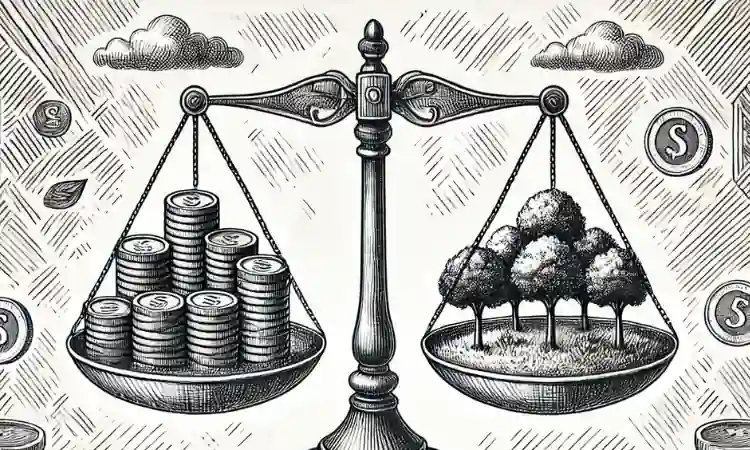
Economic Sustainability pursues practices that support long-term economic growth without negatively impacting social and environmental aspects of the community.
It seeks to promote a stable economy with high employment rates, efficient resource use, and equitable distribution of wealth.
Social Sustainability
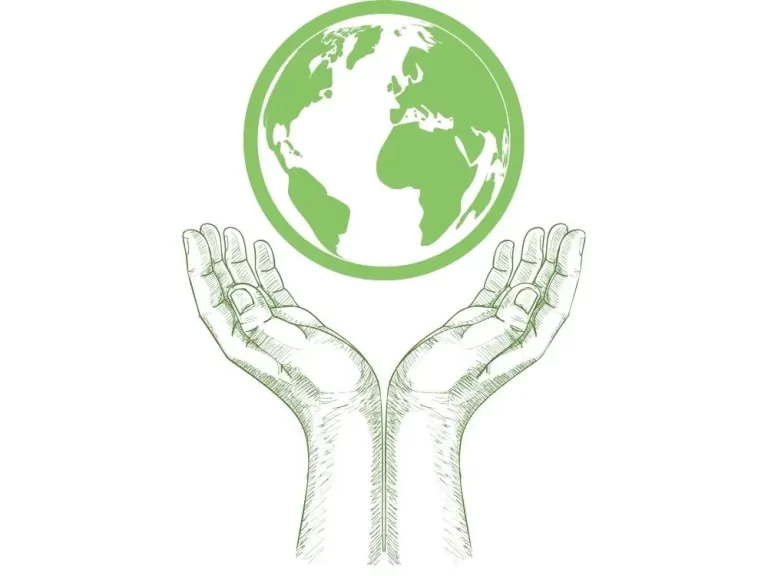
Social Sustainability addresses human well-being and social equity.
It emphasises fair access to resources, quality of life, inclusion, and community development across society. In doing so it targets societies that are stable, safe, and just.
Sustainability Models In Use
Several models have been developed, each with the aim of supporting you to grasp and implement sustainability. Below are 4 key models in use today.
For each, we identify the premise and key components of the model. Fundamentally, they stand as frameworks for action, presenting a vision of what you should aim towards. Within this framework you can then ultimately develop your own delivery actions to achieve the vision of whichever model you use.
1. The Three Pillars Model

The Three Pillars Model is the most commonly referenced sustainability framework in use.
It visualises sustainability as a platform supported by pillars, representing the three core aspects of sustainability: Environment, economy, and society.
This model is popular due its simple presentation and ease of use displaying the importance of balancing the key components of sustainable development. If one pillar weakens, the entire structure becomes unstable and sustainability falters.
2. Five Capitals Model
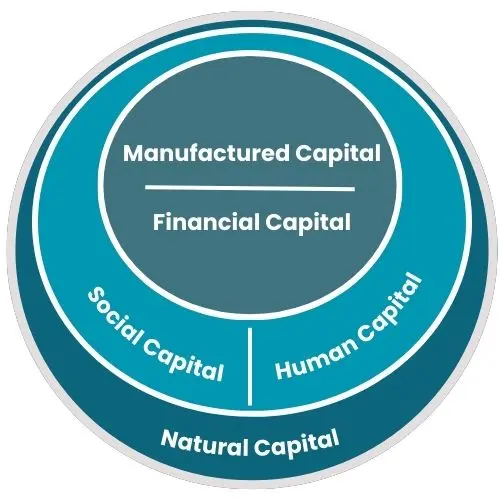
The Five Capitals Model takes are more considered approach to the components needs for a sustainable future.
In doing so, it identifies natural capital as any underpinning platform, serving as the basis for enabling human and social capital. In turn, this supports two key elements of economic progress: manufactured capital and financial capital.
Below is a description covering each of the Five capitals:
Natural Capital: The stock and flow of energy and material that produce good and services. This includes natural resources, climate regulation processes and natural sinks that neutralise polluting material.
Social Capital: The institutions that help us maintain and develop human capital in partnership with others, including families, communities, businesses, trade unions, schools, and voluntary organisations.
Human Capital: Population health, knowledge, skills and motivation. The key components needed for a productive workforce.
Manufactured Capital: Material goods and fixed assets which contribute to the production process, rather than being the output itself. Examples include tools, machines and buildings.
Financial Capital: Enables the other capital forms to be owned and traded. But unlike the other types, it has no real value itself. It is representative of natural, human, social and manufactured capital value.
3. Triple Bottom Line (TBL) Model
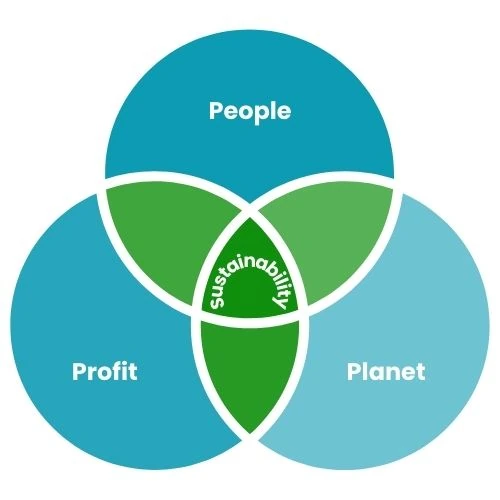
The Triple Bottom Line Model take a business led approach. To do so it expands the traditional business focus on profits to include social and environmental responsibilities.
It requires businesses to measure their success not just by financial performance, but also by their impact on people (society) and the planet (environment).
The premise being that focusing solely on profits will lead to eventual collapse over the long term. Long-term stability of a business requires that people and the planet are given due consideration. This in turn supports successful economic conditions.
The 3 components of the model (the three ‘Ps’) are defined as:
Profit: Economic value created by the organisation.
People: Social value, such as community well-being, labour practices, and human rights.
Planet: Environmental value, including sustainability initiatives, resource management, and ecological impact.
4. Sustainable Development Goals (SDGs)
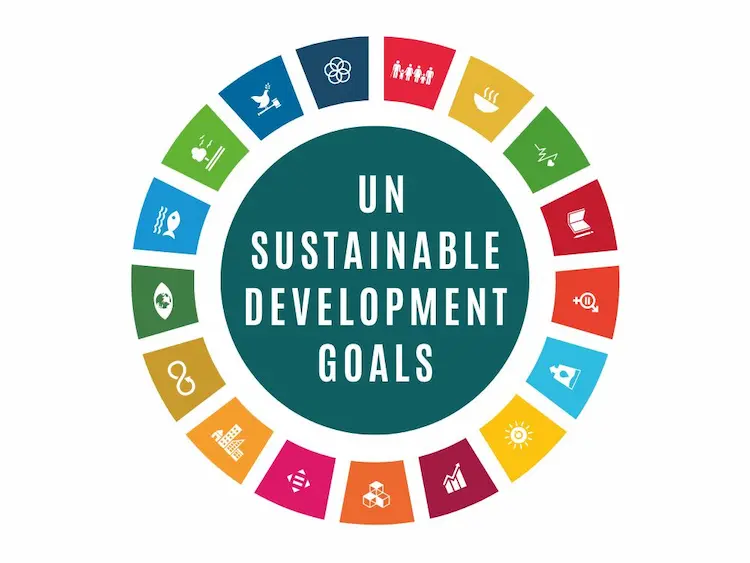
The UN Sustainable Development Goals (SDGs) take a somewhat different approach. They take set a more detailed position, spreading considerations across 17 goals.
The 17 SDG goals where created by the United Nations, agreed by all 193 UN Member States in 2015. They represent a shared commitment, targeting a better future for humanity by 2030.
These goals address a wide range of issues including poverty, inequality, climate change, environmental degradation, peace, and justice. Additionally, each goals includes a range underpinning aims for action, which businesses and governments can align there own actions to.
For a more detailed summary for the Sustainability Development Goals, see our post.
Sustainability: The Foundation of a Better Future

The concept of sustainability is foundational to ensuring the long-term health and well-being of our planet, nature and our society.
By integrating environmental, economic, and social dimensions, we can create strategies and practices that foster a balanced and resilient future.
To do this, a range of sustainability models have been developed. Each of the models we have described offer unique perspectives and tools. Therefore, there a range of potential options available to help guide individuals, businesses, and governments in their efforts to achieve sustainable development.
Adopting a sustainability model therefore displays an understanding of what sustainability is, and stands as a clear commitment to supporting a better future.
Looking to boost your knowledge further? Then you will also find our below book recommendation lists useful:
7 Books About Sustainability to Inspire You
7 great books to help understand climate change
We also recommend you check out the following resources to delve further into the concept of Sustainability:
Key Sustainability Challenges to Tackle in 2025



